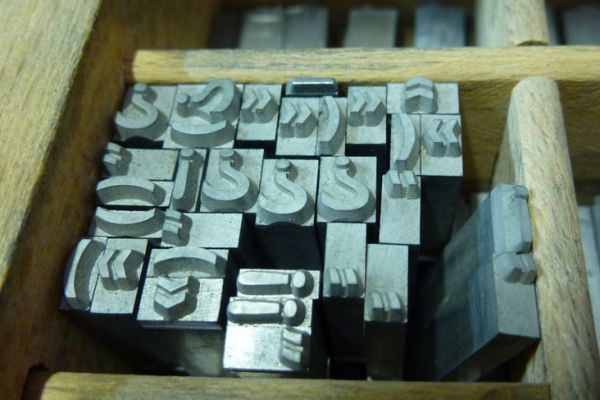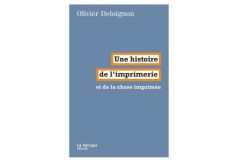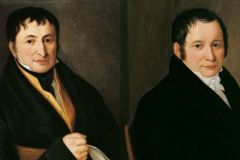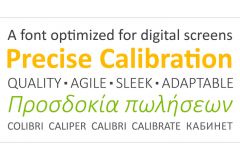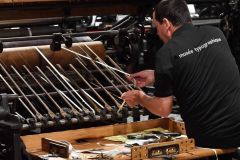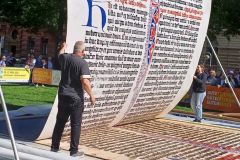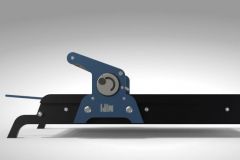The origin of the question mark, the punctuation mark that marks a question, dates back to the Carolingian era. Over the centuries, this glyph has retained its original meaning and has become one of the essential elements of modern punctuation. Let's discover how the question mark has evolved from its first appearances to its current form, thanks in particular to the influence of 16th century printers.
The question mark, a punctuation mark that is almost thirteen centuries old
In ancient times, writing was done in scriptio continua the punctuation is not separated between words and sentences. Punctuation would have started to give breath to texts in the Middle Ages. It is Alcuin of York, man of letters and adviser of Charlemagne, who would have created the first question mark, the punctus interrogativus in the 8th century. This glyph was part of a set of punctuation marks called posituræ which indicated the inflections to be taken and the pauses to be made during the oratory readings of the sacred texts. For example, the punctus elevatus, which became a colon, indicated a pause, the punctus versus - our current semicolon - notified a fall, and the punctus interrogativus showed that the voice should be raised to mark an interrogation. The question mark is the only posituræ to have survived the centuries and retained its original meaning.
For a long time, punctuation, including the question mark, was left to the goodwill of copyist monks. The appearance of Gutenberg's movable type in the 15th century led to the standardization of writing and brought order to the way sentences were punctuated. In 1471, the first treatise on punctuation was written by Johannes Heynlin, founder of the Sorbonne's printing workshop, but it was not until the 1520s that the codification of punctuation really took hold. "At the end of the 16th century, we find all the modern marks. There's the question mark, the exclamation mark, the period, the comma and then the quotation marks too, which will take a little longer to settle in." the linguist Alexei Lavrentiev tells us in an article in France Culture signed Pierre Ropert.
A sign that becomes elegant and curved thanks to the printers
The elegant, curved shape of the question mark, as we know it today, was introduced by the printers of the 16th century. Once represented by a dot topped by a zigzag slanting slightly to the right, the question mark took on its current hook shape to avoid confusion with the newly created exclamation mark.
In the 19th century, the so-called silent reading became popular and imposed, and in the world of printing, typographic rules were put in place. Thus, the question mark is followed by a capital letter when it is placed at the end of a sentence and by a small letter when placed in the course of a text. It is always preceded and followed by a space. It can be doubled or even tripled, and can be associated with suspension points and exclamation marks, much to the displeasure of typographic purists.
"Of all the punctuation marks, the question mark is the most elegant and surely the most eye-catching, because of its curvature, because it dominates the line (like the l, the h, and the capital letters) and reserves a fine space between it and the word that precedes it: a real star." appreciate Olivier Houdart and Sylvie Prioul in Punctuation or the art of accommodating texts .
